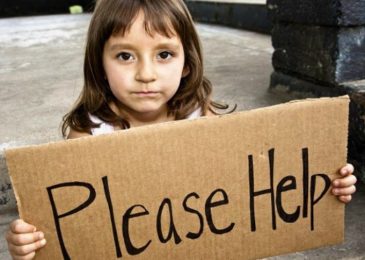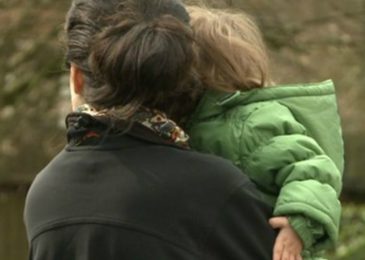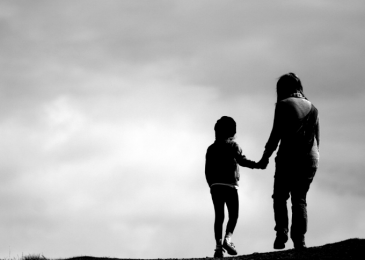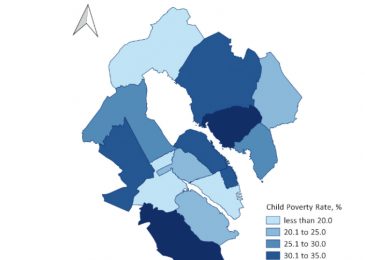One in four kids: After 30 years there is hardly a dent in Nova Scotia child poverty
Since 1989 child poverty in Nova Scotia decreased by less than one percent. One in four kids lives in poverty, for kids younger than 2 years, that is one in three! Let that sink in. And numbers for African Nova Scotian and Mi’kmaw kids are much higher again.









